Article: Winter Wedding Dresses: The Complete 2026 Guide to Styles, Sleeves, Fabrics & Warmth
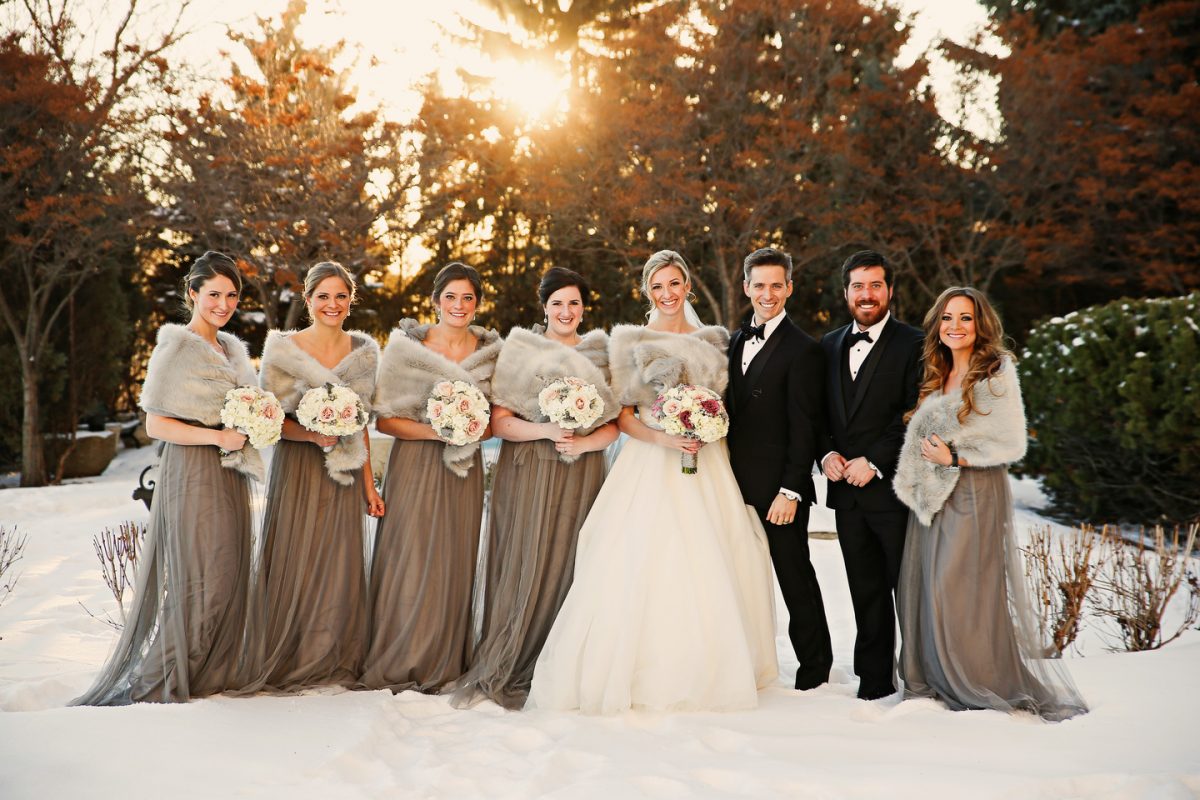
Winter Wedding Dresses: The Complete 2026 Guide to Styles, Sleeves, Fabrics & Warmth
A winter ceremony invites cinematic romance–glittering snow, candlelit receptions, and lush textures that photograph beautifully. The right winter wedding dresses balance warmth, movement, and glow, so you feel stunning from aisle to after-party. This 2026 guide distills expert insights on silhouettes, sleeves, fabric science, and smart layering to help you choose confidently. Along the way, you'll find practical winter wedding dress ideas and pro tips shaped by more than 15 years of formalwear expertise. Whether you're drawn to long sleeve wedding dresses, modern minimalist mikado, or heirloom lace, the path forward is clear: select winter bridal gowns with strategic construction and thoughtful styling for elegance that never looks bulky.
Table of Contents
- How to Choose a Winter Wedding Dress in 2026
- Trending Styles and Sleeves for Cold-Weather Romance
- Best Fabrics for Winter Wedding Dresses and Why They Matter
- Warmth Without Bulk: Smart Layering, Lengths, and Accessories
- Color, Embellishment, and 2026 Details
- Fit, Alterations, and Timeline Planning
- FAQs: Winter Wedding Dresses: The Complete 2026 Guide to Styles, Sleeves, Fabrics & Warmth
How to Choose a Winter Wedding Dress in 2026
Begin with your setting and climate. A mountain lodge invites structure and volume, while a city loft favors sleek crepe or satin with architectural lines. Think beyond the ceremony, too: if you're planning outdoor portraits or a sparkler exit, prioritize warm wedding dresses with built-in lining, higher necklines, or sleeves that retain heat. Movement matters in colder months, so account for stairs, snow, and wind. A dress that floats inside may feel restrictive outdoors; test walking, turning, and sitting to confirm the drape and weight feel balanced.
Budget and timing play a larger role in winter. Intricate beadwork, heavier fabrics, and custom sleeves can impact cost and lead time. FormalDressShops.com partners with trusted manufacturers worldwide to deliver premium craftsmanship at fair prices, and the brand's fast global shipping helps safeguard tight timelines. If you anticipate snow or rain, discuss bustle options and train length during try-on. You can preserve drama with a cathedral veil or detachable overskirt, then streamline for reception comfort without sacrificing your look.

Trending Styles and Sleeves for Cold-Weather Romance
Long sleeve wedding dresses headline 2026, ranging from elegant fitted crepe sleeves to softly draped bishop and poet styles. Illusion lace sleeves add texture without bulk, offering coverage that still feels light under indoor lighting. High and portrait necklines frame the face beautifully, while square necks and off-the-shoulder designs keep winter romance front and center. If you love minimalism, opt for clean seams and sculpted bodices in mikado or silk faille; the fabric provides warmth and structure that reads modern and bridal. For a deeper dive, explore the pros and cons of long sleeve wedding dresses.
Silhouette-wise, A-line and ball gown shapes remain winter icons because they allow hidden layers. Sheath and mermaid cuts can feel cinematic in heavy crepe or stretch satin, especially with detachable capes or overskirts for extra warmth. Consider how sleeves meet the bodice: covered buttons, lace cuffs, and subtle puff details elevate a simple gown into a showpiece. If you prefer versatility, detachable sleeves give you ceremony coverage with a reception reveal–and they store easily for anniversaries or formal events.
Top winter sleeve moves:
- Illusion lace
- Bishop/poet
- Tailored crepe
- Detachable add-ons

Best Fabrics for Winter Wedding Dresses and Why They Matter
Fabric choice is the secret to staying warm without looking layered. Dense weaves–think mikado, silk faille, crepe, and heavyweight satin–retain heat and sculpt your silhouette. Brocade and jacquard bring elegant texture that holds structure beautifully in photos, while stretch crepe offers slim lines with ease of movement. Velvet has returned to bridal in 2026, especially for accents: belts, gloves, and capes bring depth and seasonal richness. For lace lovers, look for fully lined bodices and strategically placed appliqués to avoid drafty panels.
Construction counts as much as fabric. A quality lining, interlining, or even a brushed back crepe can create a cozy microclimate between skin and gown. If you want sparkle, consider beadwork concentrated at the bodice or sleeves to minimize weight while maintaining glow. FormalDressShops.com curates winter bridal gowns with premium materials and expert craftsmanship, helping you get the "heirloom" feel without runaway costs.
Best fabrics for winter wedding dresses:
- Mikado
- Crepe
- Silk faille
- Heavyweight satin
- Brocade

Warmth Without Bulk: Smart Layering, Lengths, and Accessories
Layering is most effective when it looks intentional. Capes–whether chiffon, tulle, or satin–extend lines vertically and photograph like couture outerwear, then slip off for the dance floor. Cropped jackets, boleros, and faux-fur stoles create a clear waistline and preserve the silhouette. Consider floor-length hemlines and fuller skirts that hide nude leggings or fleece tights; bridal designers expect this, and it won't add visible weight. For outdoor moments, hand warmers and satin-lined gloves keep fingers nimble for rings and portraits.
Footwear and underpinnings are unsung heroes. Closed-toe heels, block heels, or white booties reduce heat loss and protect hems from slush. A higher vamp or satin boot subtly reads "bridal" while guarding toes from cold. Choose smooth thermal layers designed for formalwear–seamless and color-matched–to avoid lines. If your venue is drafty, request a bustle that lifts only the outer layer, preserving insulation closest to the body for reception comfort.
Warmth wins:
- Cape or bolero
- Closed-toe shoes
- Hidden leggings
- Satin gloves
- Strategic bustle

Color, Embellishment, and 2026 Details
2026 leans into high-gloss minimalism and pearl luminosity. Crisp ivory and winter white remain timeless, while champagne, oyster, and soft blush warm cool lighting beautifully. For bolder brides, metallic embroidery, crystal beading, or a whisper of ice blue creates a frosted finish that feels seasonal without veering costume. If your venue lighting runs cool, choose warmer ivory or mixed-metal beading to balance tones in photos.
Texture is the winter bride's secret weapon. Matte crepe against luminous pearls, or jacquard with a liquid satin cape, delivers depth that reads editorial. Appliquéd florals, scattered crystals, and tonal beading glimmer in candlelight, so you can keep silhouettes clean yet visually rich. Sustainability-minded brides will find recycled linings and low-waste patterning more common this year; let materials be the "something new" that also feels responsible and modern.

Fit, Alterations, and Timeline Planning
Winter weddings often compress timelines around holidays and travel. Aim to order 4–6 months ahead if possible; many gowns arrive sooner, but you'll want a cushion for alterations. Standard alterations take 4–8 weeks depending on beadwork and sleeve changes. For a helpful overview of fittings and common tweaks, see Wedding Gown Alterations 101. If your date is near, ask about rush production and priority tailoring–FormalDressShops.com supports urgent schedules with fast global shipping and a satisfaction-first service model rooted in years of special-occasion expertise.
Bring your exact heel height and foundation garments to the first fitting, especially if you plan hidden thermal layers. Discuss sleeve mobility, zipper versus button closures, and bustle engineering for snow or uneven ground. To compare winter-ready options by silhouette and fabric weight, explore our curated winter wedding dresses and filter for long sleeves, heavier fabrics, and holiday-perfect styles. Transparent pricing and trusted manufacturers make it simpler to select a gown that feels luxurious yet smartly priced.

FAQs: Winter Wedding Dresses: The Complete 2026 Guide to Styles, Sleeves, Fabrics & Warmth
What are the best fabrics for warmth without extra bulk?
Mikado, crepe, silk faille, and heavyweight satin offer dense weaves that retain heat while sculpting the body cleanly. Brocade and jacquard add texture and structure, so the dress holds its shape in wind and photographs crisply. If you love lace, prioritize fully lined designs or lace over crepe for insulation. Velvet is luxe for capes, belts, and gloves, even if the gown itself is another fabric. Ask about interlining or brushed linings, which create a discreet thermal layer without changing the silhouette.
Are long sleeve wedding dresses actually warmer, and which sleeves work best?
Yes–sleeves reduce heat loss and block drafts at the ceremony and during outdoor photos. Tailored crepe sleeves provide the most warmth due to their density, while illusion lace adds coverage with a lighter feel indoors. Bishop or poet sleeves trap air for subtle insulation and photograph romantically. For flexibility, consider detachable sleeves: wear them for vows and portraits, then remove for the reception. If your venue runs cool, pair sleeves with a higher neckline or back for full-circle comfort.
How much does a winter bridal gown cost in 2026?
Most brides invest $900–$2,200 for quality winter-ready construction and fabrics, with minimalist crepe and satin styles at the lower end and beaded or brocade gowns higher. Custom sleeve additions, extra lining, or detachable capes can increase the budget modestly. You can achieve a luxe look without overspending by choosing dense, unembellished fabrics that read high-fashion in photos. Transparent pricing and trusted manufacturing partners help you understand where costs go–and ensure the dress delivers value on the day and in pictures.
How early should I order a gown for a December–February wedding?
Plan to order 4–6 months ahead, leaving 4–8 weeks for alterations. Winter adds holiday closures and travel, so buffers matter. If you're on a shorter timeline, ask about in-stock sizes, rush production, and expedited shipping; many modern collections support urgent dates. Schedule your first fitting with your exact shoes and underlayers, especially if you'll wear tights or thermal leggings. Clear communication about sleeve fit, bustle type, and outdoor photo plans helps your seamstress tailor for warmth and mobility.
What accessories keep me warm for outdoor photos without hiding the dress?
A sleek cape or cropped bolero keeps the silhouette intact while adding a polished layer. Faux-fur stoles, satin-lined gloves, and closed-toe heels reduce heat loss in hands and feet, the quickest places to feel cold. Consider nude fleece tights under fuller skirts; they disappear on camera but make a noticeable difference outdoors. If wind is likely, secure a cathedral veil with discreet pins and choose a bustle that lifts only the outer layer, preserving warmth close to the body.

Follow us on Facebook and Instagram to stay inspired with the latest formal dress trends, styling ideas, and seasonal collections.



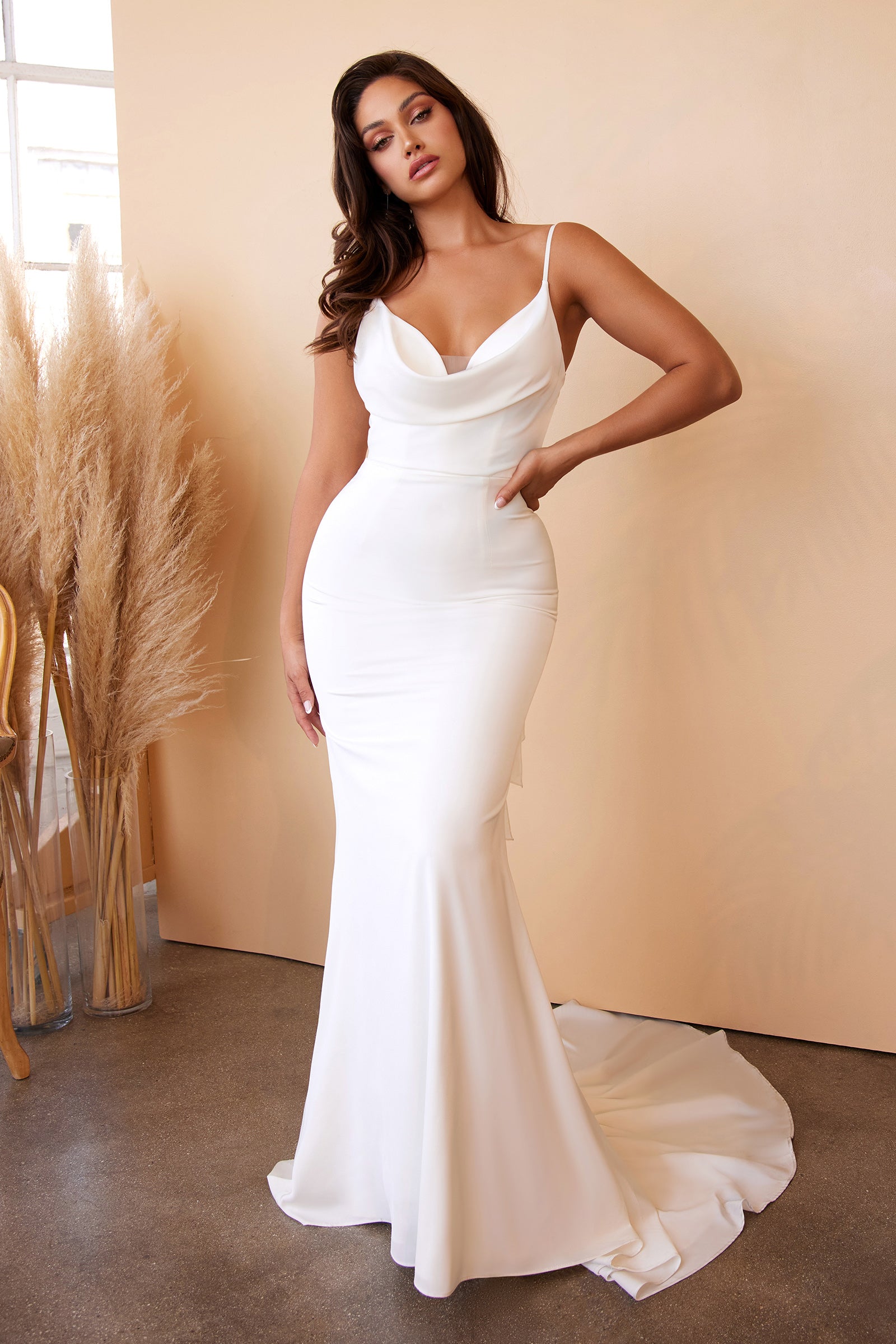

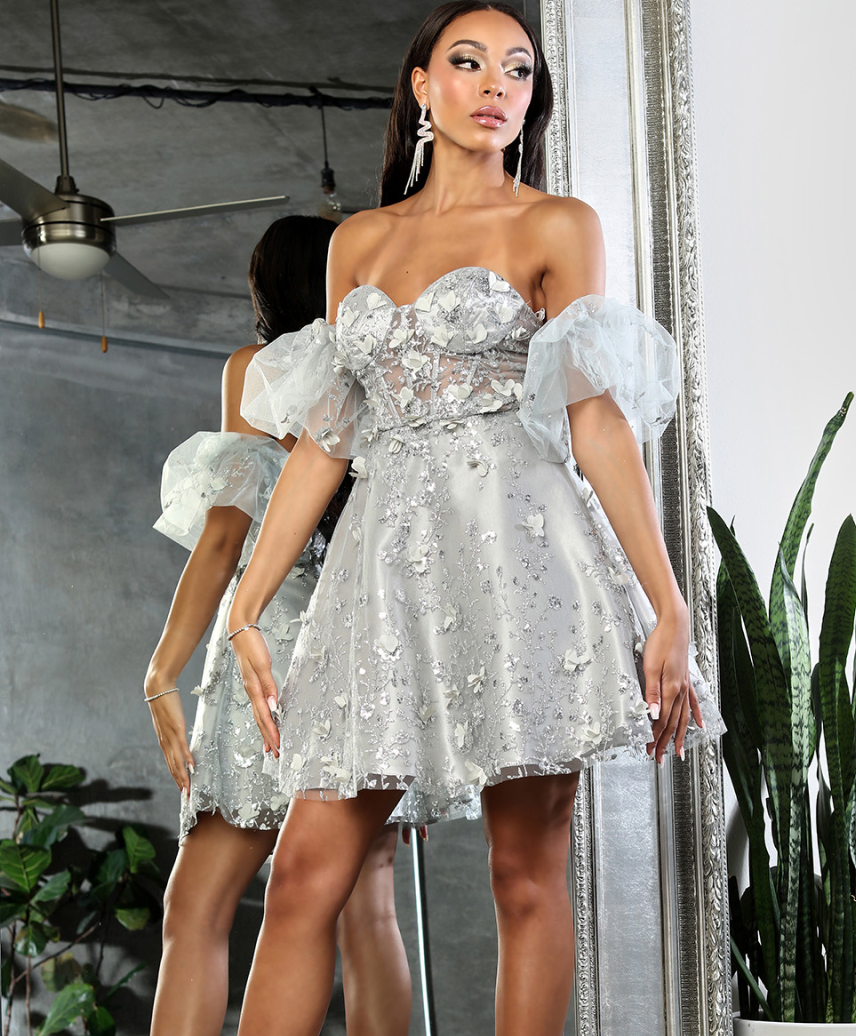
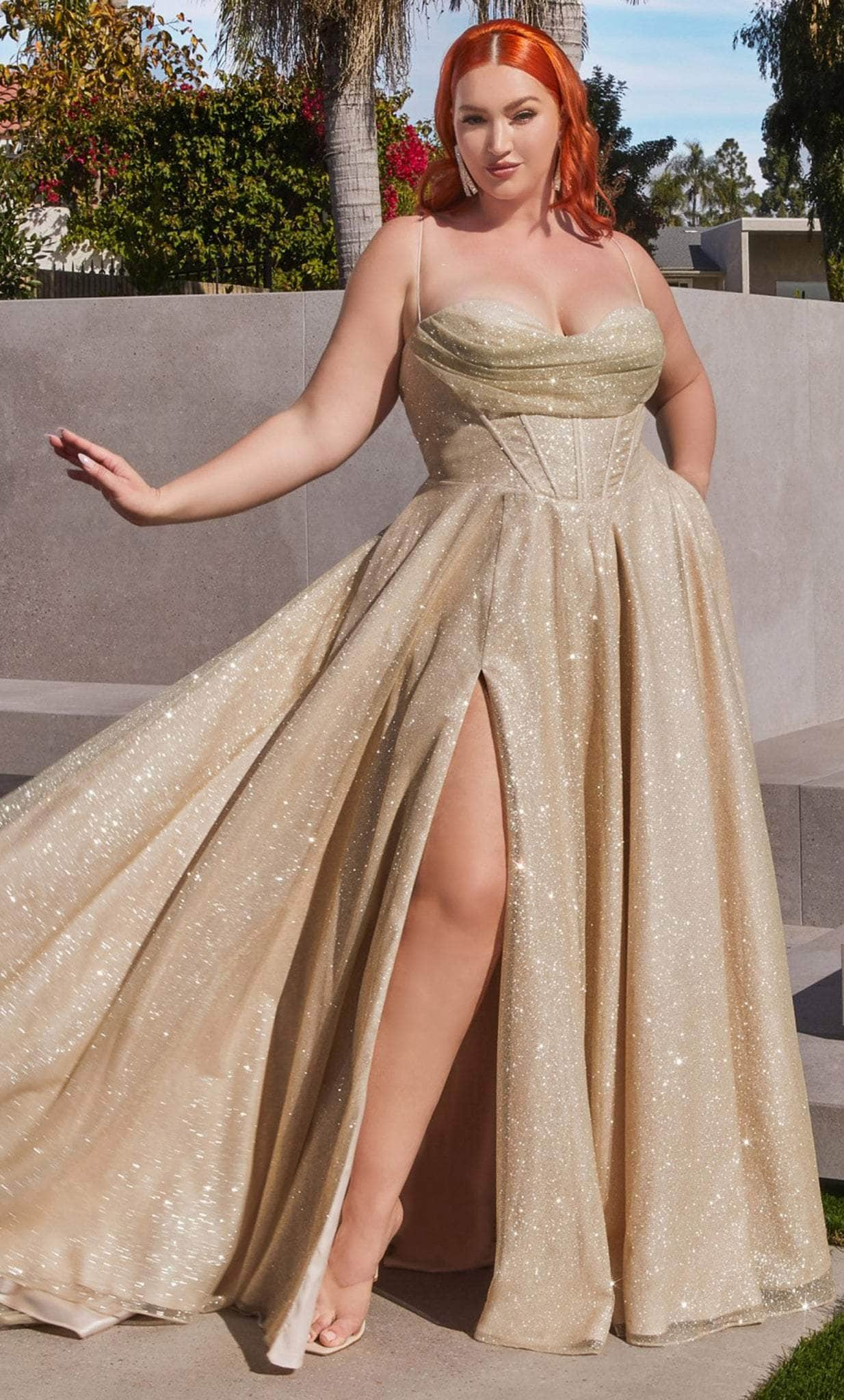

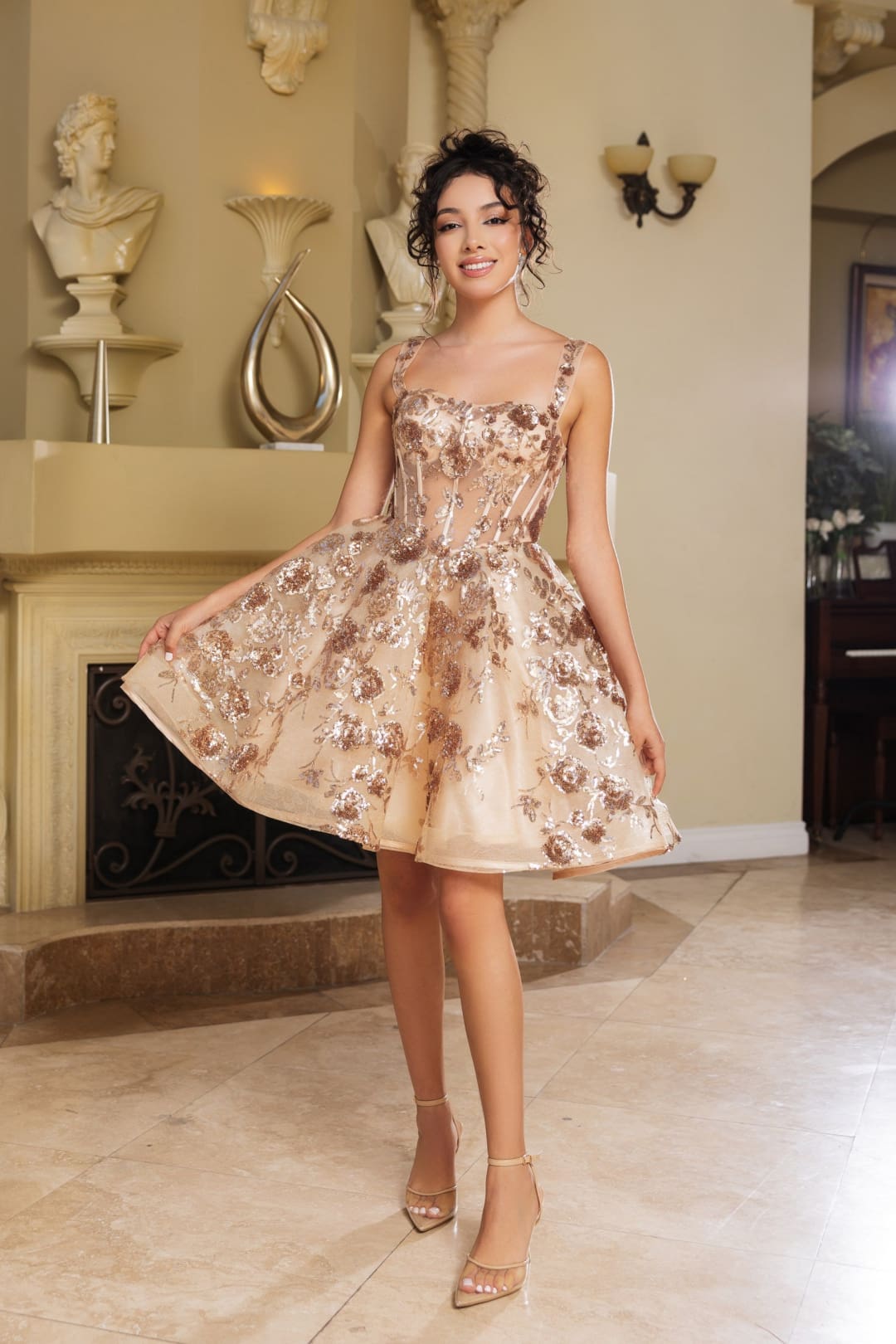

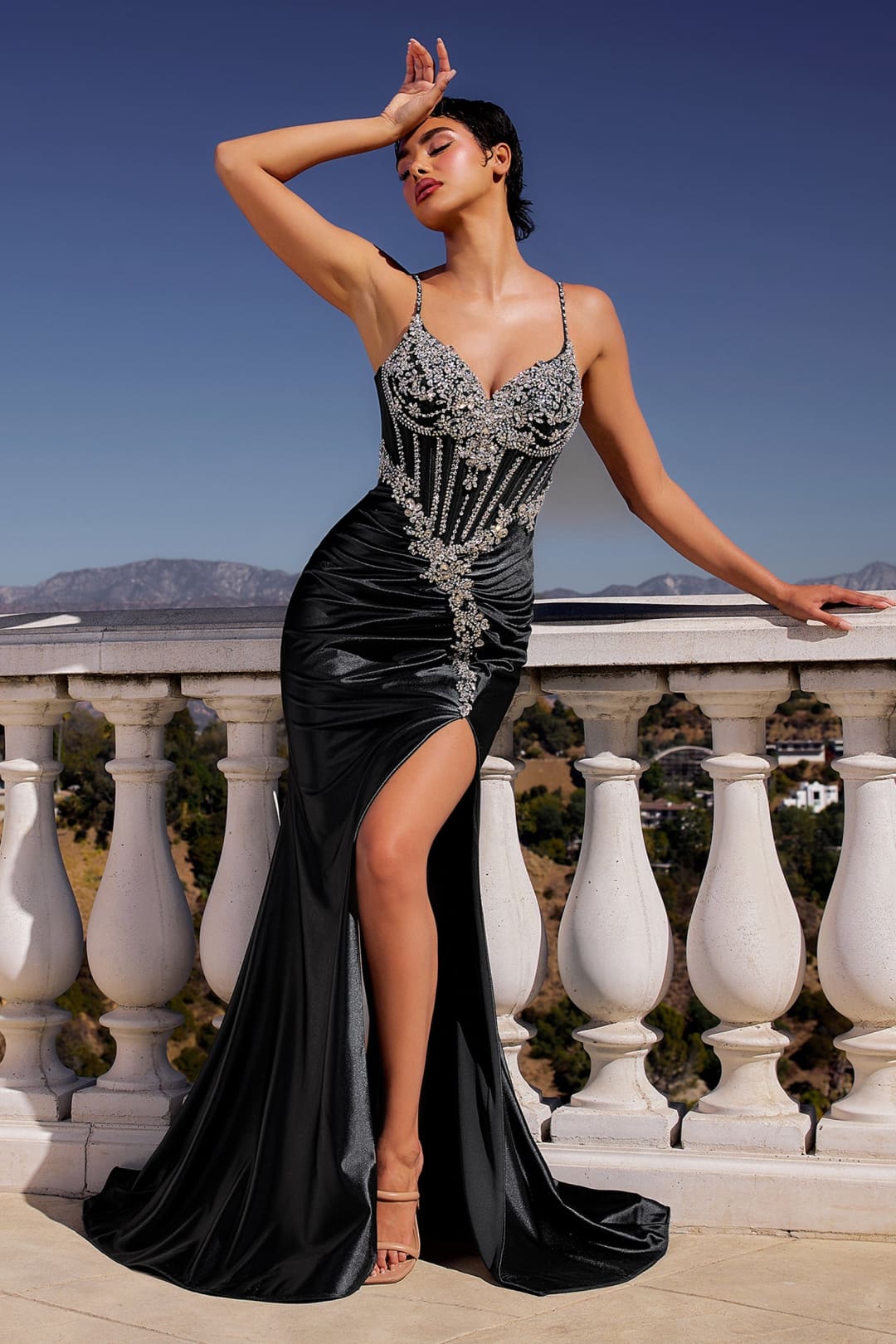
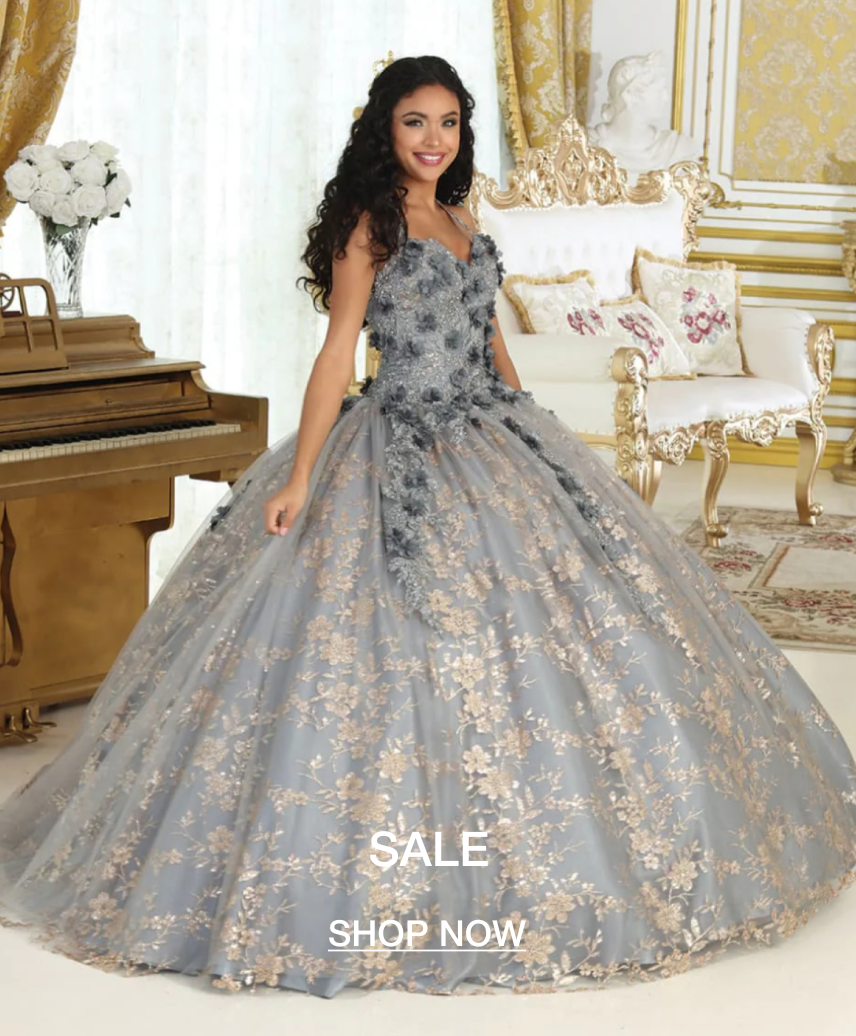





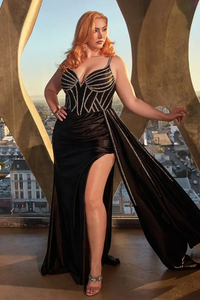
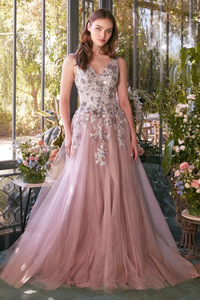




Leave a comment
This site is protected by hCaptcha and the hCaptcha Privacy Policy and Terms of Service apply.